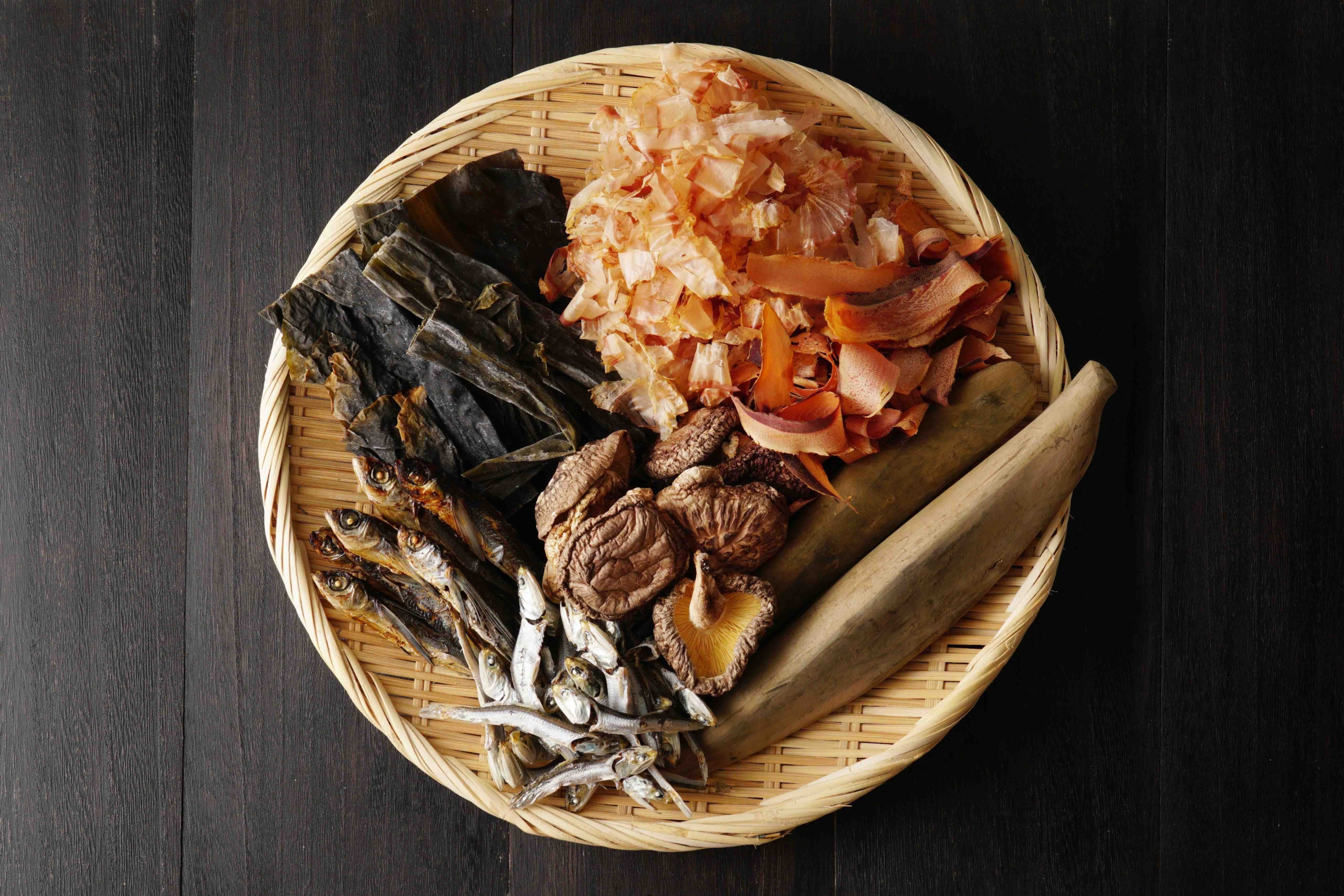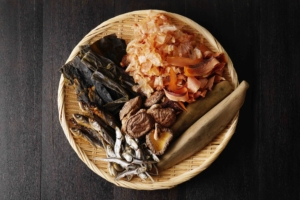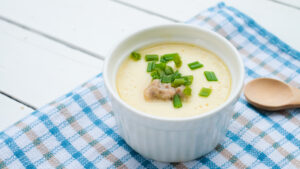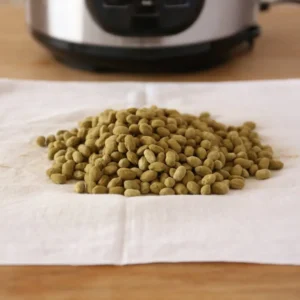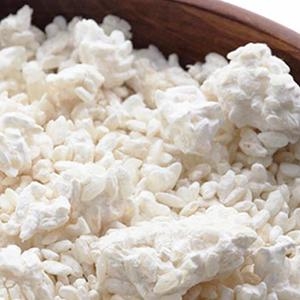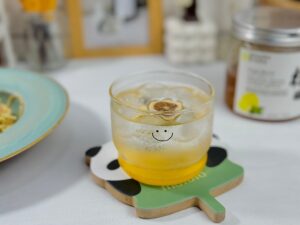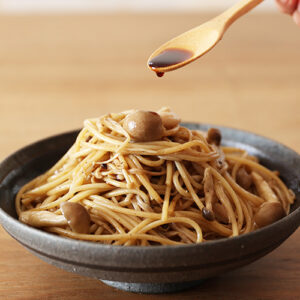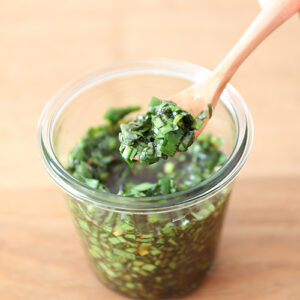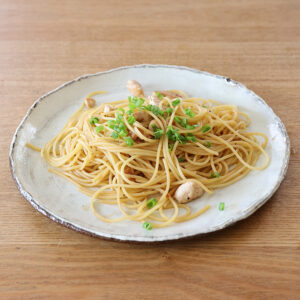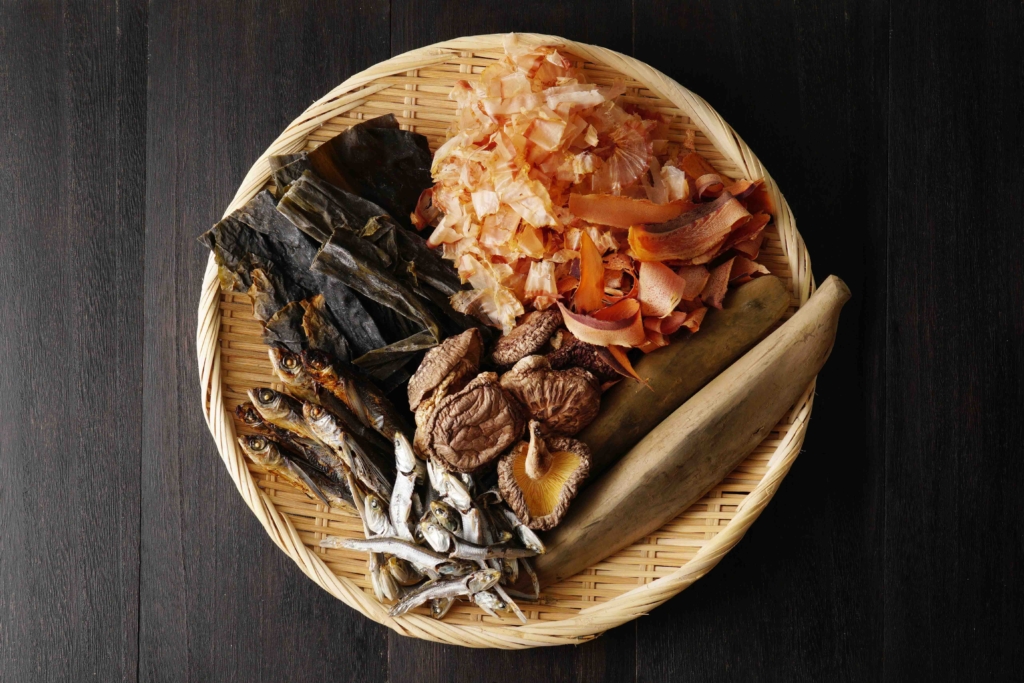
Dashi is the basic ingredient of traditional Japanese cuisine. Most Japanese Recipes calls for dashi, whether in soup form or in dried powder form. Usually dashi is combined with soy sauce and mirin to make the authentic Japanese taste.
To make dashi, you can just boil the main ingredients until the flavor is transferred into the stock soup. You can use dried bonito flakes, dried sardine, dried flying fish, kombu kelp, and/or shiitake mushroom as Dashi Ingredients.
In this article we would like to introduce some of popular dashi which use fish as main ingredients such as Katsuo Dashi, Niboshi/Iriko Dashi, and Yaki-Ago Dashi. All of those Dashi use different fish, and has different taste.
You can also learn more about dashi such as Dashi types, and Dashi’s health benefits here.
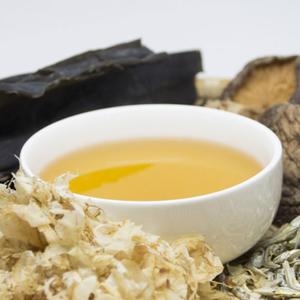
In case you are a vegan, this recipes collection of Vegan dashi might also help you:
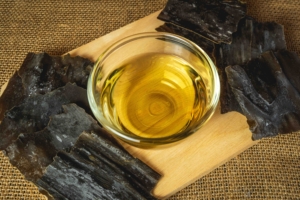
Katsuo Dashi
Katsuo Dashi is made with Bonito Flakes. This dashi doesn’t need much time to soak in the water like other dashi, so you would be able to make it quickly when you want to use this stock as a base.
The flavor of katsuo dashi will be improved by combining it with the vegetable-based kombu dashi.
You can use Katsuo Dashi for:
・Clear broth soup
・Miso soup
・Simmered dish
・Chawanmushi (Japanese egg custard)
・Broth for hot pot
・Broth for noodle

Katsuo Dashi
Ingredients
- 30 g Bonito Flakes
- 1 L Water
Instructions
- Add water to a pot and turn on the heat, then turn off the heat when it’s boiling.
- Add bonito flakes to the boiled water and wait 1 to 2 minutes.
- Drain the bonito flakes with cloth, kitchen paper, or strainer.
- Your Katsuo Dashi is ready to use
Niboshi/Iriko Dashi
Niboshi (煮干し), often called Iriko (炒り子) in Western Japan, are Japanese dried baby sardines. They are one of the many varieties of small dried fish used throughout Asia as snacks and as seasoning for soup stocks and other foods.
Niboshi dashi is made by soaking and boiling niboshi in plain water. If left overnight or boiled, the flavor of the small sardines permeates the water and makes a delicious dashi.
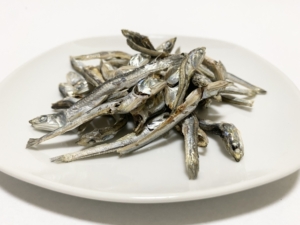
Niboshi/Iriko Dashi
Ingredients
- 30 g Dried baby sardines head and intestines removed
- 1 L Water
Instructions
- Remove the head and intestines of the dried sardines.
- Boil the dried sardines in a hot water for 10 minutes. Then strain the fish.
- If you’re particularly sensitive to the fishy smell, you can soak the dried sardines in water first. Leave the dried fish to soak 6 hours before making niboshi dashi.Toasting the dried sardines before extracting the dashi is also a great idea as it will bring out the aroma even more.
Yaki-ago Dashi
When we talk about Japanese dashi, ingredients that usually pop out in our mind are kelp, bonito flakes, or dried sardines. But, ago dashi has gained more popularity in recent years as it has become one of the most easily found types of dashi.
Ago is a Japanese term for tobiuo (トビウオ、飛魚) means Flying Fish, while yaki (焼き) is Japanese word for grilled or roasted. So, yaki-ago means grilled flying fish. There is also another variation of this dashi called niboshi ago. It uses sun dried flying fish instead of roasted ago.
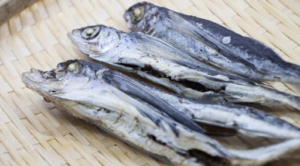
Yaki Ago Dashi
Ingredients
- 30 g Dried Ago Fish head and intestines removed
- 1 L Water
Instructions
- Remove the heads and internal organs of the yaki-ago. You can still make a proper taste of yaki-ago dashi without taking the head and internal organs. But if you take it, you can avoid the off-flavor (bitterness or other unpleasant taste) being formed in the dashi. In this step, lightly toast the yaki-ago in a frying pan, it’ll be more delicious.
- Break the yakiago into small pieces, soak in water in a pot/bowl and leave for half a day. If the room temperature is high, you can put it in refrigerator.
- Put the pot on a low heat, and turn off the fire when the foams start to rise.Don’t boil it until big bubbles are forming, because it will make the dashi smelly.
- Drain the yaki-ago with cloth, kitchen paper, or strainer.
Dishes Recipe Using Dashi
As we mentioned above, Dashi is often used to add flavor to various Japanese dishes. Sometimes It is referred as ‘the heart of Japanese cuisine’. Not only can you make soup dishes, with dashi you can make tamagoyaki, rice bowl, sauces, and many others!
Check your favorite Japanese dish recipes using dashi in our following article:
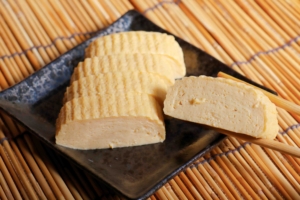


Recommended Dashi Product
If you don’t have time to make your own dashi, don’t worry, there are simpler options to get dashi instantly!
Today, you can get dashi quickly just by getting instant dashi. In Kawashimaya, we provide instant dashi packets. These dashi are usually in coarse form and bagged inside tea-bag packets. So all you need to do is simmer the packet in boiling water without having to strain or prepare the ingredients first.
Check our recommended dashi packets product that you might be interested in:

